- Home
- Features
- Movies/Media
- Collectibles
- Comics/Books
-
Databases
-
Figure Database
>
-
X-Plus Toho/Daiei/Other
>
- X-Plus 30 cm Godzilla/Toho Part One
- X-Plus 30 cm Godzilla/Toho Part Two
- X-Plus Large Monster Series Godzilla/Toho Part One
- X-Plus Large Monster Series Godzilla/Toho Part Two
- X-Plus Godzilla/Toho Pre-2007
- X-Plus Godzilla/Toho Gigantic Series
- X-Plus Daiei/Pacific Rim/Other
- X-Plus Daiei/Other Pre-2009
- X-Plus Toho/Daiei DefoReal/More Part One
- X-Plus Toho/Daiei DefoReal/More Part Two
- X-Plus Godzilla/Toho Other Figure Lines
- X-Plus Classic Creatures & More
- Star Ace/X-Plus Classic Creatures & More
-
X-Plus Ultraman
>
- X-Plus Ultraman Pre-2012 Part One
- X-Plus Ultraman Pre-2012 Part Two
- X-Plus Ultraman 2012 - 2013
- X-Plus Ultraman 2014 - 2015
- X-Plus Ultraman 2016 - 2017
- X-Plus Ultraman 2018 - 2019
- X-Plus Ultraman 2020 - 2021
- X-Plus Ultraman 2022 - 2023
- X-Plus Ultraman Gigantics/DefoReals
- X-Plus Ultraman RMC
- X-Plus Ultraman RMC Plus
- X-Plus Ultraman Other Figure Lines
- X-Plus Tokusatsu
- Bandai/Tamashii >
- Banpresto
- NECA >
- Medicom Toys >
- Kaiyodo/Revoltech
- Diamond Select Toys
- Funko/Jakks/Others
- Playmates Toys
- Art Spirits
- Mezco Toyz
-
X-Plus Toho/Daiei/Other
>
- Movie Database >
- Comic/Book Database >
-
Figure Database
>
- Marketplace
- Kaiju Addicts
|
King Kong is a 2005 epic monster adventure film co-written, produced, and directed by Peter Jackson. A remake of the 1933 film of the same name, the film stars Naomi Watts, Jack Black, Adrien Brody, and, through motion capture, Andy Serkis as the title character. Set in 1933, King Kong tells the story of an ambitious filmmaker who coerces his cast and hired ship crew to travel to the mysterious Skull Island. There they encounter Kong, a legendary giant gorilla, whom they capture and take to New York City. Filming for King Kong took place in New Zealand from September 2004 to March 2005. The project's budget climbed from an initial $150 million to a then-record-breaking $207 million. It was released on December 14, 2005 in Germany and on December 16 in the United States, and made an opening of $50.1 million. While it performed lower than expected, King Kong made domestic and worldwide grosses that eventually added up to $550 million, becoming the fourth-highest-grossing film in Universal Pictures history at the time. It also generated $100 million in DVD sales upon its home video release. The film garnered positive reviews from critics and appeared on several top ten lists for 2005. It was praised for its special effects, performances, sense of spectacle and comparison to the 1933 original. It won three Academy Awards for Best Sound Editing, Best Sound Mixing and Best Visual Effects.
The natives offer Ann as a sacrifice to Kong, a 25 feet (7.6 m) tall gorilla. The crew returns fully armed, but is too late as Kong takes Ann and flees into the jungle. Ann wins Kong over with juggling and dancing, and begins to grasp Kong's intelligence and capacity for emotion. Englehorn organizes a rescue party, led by Hayes and Driscoll. They encounter and kill a Ferrucutus. The rescue party is then caught in the middle of a pack of Venatosaurus saevidicus and the herd of Brontosaurus baxteri they are hunting, and seven people are killed, including cameraman Herb. The rest of the rescue party come across a swamp where actor Bruce Baxter and two others leave the group. The rest cross the swamp on rafts, only to be attacked by "Scorpio-pedes", as well by a "Piranhadon", which devours three sailors. The rescue party is making their way across a fallen log over a ravine when Kong attacks. Five crewmen, including Hayes and Choy, are killed after being thrown off the log, and the rest of the crew ride the log down the ravine and land in a pit. Kong returns to Ann and rescues her from three Vastatosaurus rex. Kong takes her to his lair in the mountains. The remaining rescue party find the pit to be full of giant insects. Lumpy is killed by the maggot-like "Carnictics Sordicus" while two others are killed by spider-like creatures. Englehorn, Baxter and the two crewmen return, saving the last four survivors of the rescue party from the pit. As Jack continues searching for Ann, Carl decides to capture Kong. Jack goes to Kong's lair, inadvertently waking him and provoking a swarm of flying Terapusmordax. As Kong fights the swarm, Ann and Jack escape. They arrive at the wall with Kong pursuing them, and Ann becomes distraught by what Carl plans to do. Kong bursts through the gate and attempts to get her back, killing several sailors, but is subdued when Carl knocks him out with chloroform. In New York City, Carl presents "Kong, the Eighth Wonder of the World" on Broadway, starring Baxter and an imprisoned Kong. Ann is played by an anonymous chorus girl, and Kong becomes enraged after realizing that the girl on stage is not Ann. After breaking free from his chrome-steel chains, he wrecks the theater and chases Jack. Kong knocks Jack out by stopping his car and flipping it, then encounters Ann again. Kong and Ann share a moment on a frozen pond in Central Park until the army attacks. Kong climbs with Ann onto the top of the Empire State Building, where he fights off six F8C-5 Helldiver Navy planes, downing three. At the end of the confrontation, Kong is mortally wounded by the gunfire and gazes at Ann for the last time before falling from the building to his death. As Ann is reunited with Jack, civilians, photographers, police and soldiers gather around Kong's corpse. Carl makes his way through the crowd, takes one last long look at Kong and says, "It wasn't the airplanes. It was Beauty killed the Beast." Cast
Watts, Black, and Brody were the first choices for their respective roles with no other actors considered. In preparation for her role, Watts met with the original Ann Darrow, Fay Wray. Jackson wanted Wray to make a cameo appearance and say the final line of dialogue, but she died during pre-production at 96 years old. Black was cast as Carl Denham based on his performance in the 2000 film High Fidelity, which had impressed Jackson. For inspiration, Black studied P. T. Barnum and Orson Welles. "I didn't study [Welles] move for move. It was just to capture the spirit. Very reckless guy. I had tapes of him drunk off his ass." The native extras on Skull Island were portrayed by a mix of Asian, African, Maori and Polynesian actors sprayed with dark makeup to achieve a consistent pigmentation. Production Development Peter Jackson was nine years old when he first saw the 1933 film, and was in tears in front of the TV when Kong slipped off the Empire State Building. At age 12, he attempted to recreate the film using his parents' Super 8 mm film camera and a model of Kong made of wire and rubber with his mother's fur coat for the hair, but eventually gave up on the project. King Kong eventually became his favorite film and was the primary inspiration for his decision to become a filmmaker as a teenager. He read books about the making of King Kong and collected memorabilia, as well as articles from Famous Monsters of Filmland. Jackson paid tribute to the 1933 film by including Skull Island as the origin of the zombie plague in his 1992 film Braindead. During the filming of Jackson's 1996 film The Frighteners, Universal Pictures was impressed with Jackson's dailies and early visual effects footage. The studio was adamant to work with Jackson on his next project and, in late 1995, offered him the chance to direct a remake of the 1954 film Creature from the Black Lagoon. He turned down the offer, but Universal became aware of Jackson's obsession with King Kong and subsequently offered him the opportunity to direct that remake. The studio did not have to worry of lawsuits concerning the film rights from RKO Pictures (the studio behind the 1933 film) because the King Kong character is held in the public domain. Jackson initially turned down the King Kong offer, but he "quickly became disturbed by the fact that someone else would take it over," Jackson continued, "and make it into a terrible film; that haunted me and I eventually said yes to Universal." At the same time, Jackson was working with Harvey Weinstein and Miramax Films to purchase the film rights of The Hobbit and The Lord of the Rings, while 20th Century Fox was trying to hire him for the 2001 remake of Planet of the Apes. Jackson turned down Planet of the Apes and because Weinstein was taking longer than expected to buy The Lord of the Rings rights, Jackson decided to move forward on King Kong. Weinstein was furious, and, as a result, Jackson proposed a deal between Universal and Miramax that the two studios would equally finance King Kong with Jackson's production company Wingnut Films. Universal would receive distribution rights in the United States, while Miramax would cover foreign territories. Jackson was also warranted the right of final cut privilege, a percentage of the gross profits, as well as artistic control; Universal allowed all filming and visual effects to be handled entirely in New Zealand. The deal was settled in April 1996, and Jackson, along with wife Fran Walsh, began working on the King Kong script. In the original draft, Ann was the daughter of famed English archaeologist Lord Linwood Darrow exploring ancient ruins in Sumatra. They would come into conflict with Denham during his filming, and they would uncover a hidden Kong statue and the map of Skull Island. This would indicate that the island natives were the last remnants of a cult religion that had once thrived on Asia's mainland. Instead of a playwright, Jack was the first mate and an ex-World War I fighter pilot still struggling with the loss of his best friend, who had been killed in battle during a World War I prologue. The camera-man Herb is the only supporting character in the original draft who made it to the final version. The fight between Kong and the three V. rex also changed from the original draft. In the draft, Ann is actually caught in the V. rex's jaws, where she becomes wedged, and slashed by the teeth; after the fight, Kong gets her out but she is suffering from a fever, from which she then recovers. Universal approved of the script with Robert Zemeckis as executive producer, and pre-production for King Kong started. The plan was to begin filming sometime in 1997 for a summer 1998 release date. Weta Digital and Weta Workshop, under the supervision of Richard Taylor and Christian Rivers, began work on early visual effects tests, specifically the complex task of building a CGI version of New York City circa 1933. Jackson and Walsh progressed with a second draft script, sets were being designed and location scouting commenced in Sumatra and New Zealand. In late 1996, Jackson flew to production of the 1997 film Titanic in Mexico to discuss the part of Ann Darrow with Kate Winslet, with whom he previously worked with on his 1994 film Heavenly Creatures. Minnie Driver was also being reportedly considered. Jackson's choices for Jack Driscoll and Carl Denham included George Clooney and Robert De Niro. However, development for King Kong was stalled in January 1997 when Universal became concerned over the upcoming release of the 1998 film Godzilla, as well as other ape-related remakes with the 1998 film Mighty Joe Young and the 2001 film Planet of the Apes. Universal abandoned King Kong in February 1997 after Weta Workshop and Weta Digital had already designed six months worth pre-production. Jackson then decided to start work on The Lord of the Rings film series. With the financial and critical success of the 2001 film The Fellowship of the Ring and the 2002 film The Two Towers, Universal approached Jackson in early 2003, during the post-production of The Return of the King, concerning his interest in restarting development on King Kong. In March 2003, Universal set a target December 2005 release date and Jackson and Walsh brought The Lord of the Rings co-writer Philippa Boyens on to help rewrite their 1996 script. Jackson offered New Line Cinema the opportunity to co-finance with Universal, but they declined. Universal and Jackson originally projected a $150 million budget, which eventually rose to $175 million. Jackson made a deal with Universal whereby he would be paid a $20 million salary against 20% of the box office gross for directing, producing and co-writing. He shared that fee with co-writers Walsh (which also covered her producing credit) and Boyens. However, if King Kong were to go over its $175 million budget, the penalties would be covered by Jackson. Immediately after the completion of The Return of the King, Weta Workshop and Weta Digital, supervised by Taylor, Rivers, and Joe Lettieri, started pre-production on King Kong. Jackson brought back most of the crew he had on The Lord of the Rings series, including cinematographer Andrew Lesnie, production designer Grant Major, art directors Simon Bright and Dan Hennah, conceptual designer Alan Lee, and editor Jamie Selkirk. Jackson, Walsh and Boyens began to write a new script in late October 2003. Jackson acknowledged that he was highly unsatisfied with the original 1996 script. "That was actually just Fran and Peter very hurriedly getting something down on paper", Boyens explained. "It was more one of many possible ways the story could go." The writers were adamant to base the new script on the 1933 film, rather than the 1996 script. They also included scenes that were either uncompleted or entirely omitted from James Ashmore Creelman's original script in the cutting room floor. In the scene where Kong shakes the surviving sailors pursuing Ann and himself from a log into the ravine, it was originally the intention of directors Merian Cooper and Ernest B. Schoedsack to feature giant spiders emerging from the rock to devour their bodies. This was cut from the original release print, and remains known to Kong fans only via a rare still that appeared in Famous Monsters of Filmland. Jackson included this scene and elaborated upon it. Jackson, Walsh and Boyens also cited Delos W. Lovelace's 1932 novelization of King Kong as inspiration, which included the character Lumpy (Andy Serkis). To make the relationship between Ann Darrow and Kong plausible, the writers studied hours of gorilla footage. Jackson also optioned Early Havoc, a memoir written by vaudeville performer June Havoc to help Walsh and Boyens flesh out Ann Darrow's characterization. Carl Denham was intentionally modeled after and inspired by Orson Welles. Their new draft was finished in February 2004. Filming Principal photography started on September 6, 2004 at Camperdown Studios in Miramar, New Zealand. Camperdown housed the native village and the Great Wall, while the streets of New York City were constructed on its backlot and at Gracefield in Lower Hutt, New Zealand. The majority of the SS Venture scenes were shot aboard a full-scale deck constructed in the parking lot at Camperdown Studio and then were backed with a green screen, with the ocean digitally added in post. Scenes set in the Broadway theater from which King Kong makes his escape were filmed in Wellington's Opera House and at the Auckland Civic Theatre. Filming also took place at Stone Street Studios, where a new sound stage was constructed to accommodate one of the sets. Over the course of filming the budget went from $175 million to $273 million over additional visual effects work needed, and Jackson extending the film's running time by thirty minutes. Jackson covered the $32 million surplus himself and finished filming in March 2005. The film's budget climbed from an initial US$150 million to a then-record-breaking $273 million and received a subsidy of $34 million from New Zealand, making it at one point the most expensive film yet made. Universal only agreed to such an outlay after seeing a screening of the unfinished film, to which executives responded enthusiastically. Marketing and promotion costs were an estimated $60 million. The film's length also grew; originally set to be 135 minutes, it soon grew to 200, prompting Universal executives to fly to New Zealand to view a rough cut, but they liked it so their concerns were addressed. Other difficulties included Peter Jackson's decision to change composers from Howard Shore to James Newton Howard seven weeks before the film opened. Visual effects Jackson saw King Kong as opportunity for technical innovations in motion capture, commissioning Christian Rivers of Weta Digital to supervise all aspects of Kong's performance. Jackson decided early on that he did not want Kong to behave like a human, and so he and his team studied hours of gorilla footage. Serkis was cast in the title role in April 2003 and prepared himself by working with gorillas at the London Zoo. He then traveled to Rwanda, observing the actions and behaviors of gorillas in the wild. Rivers explained that the detailed facial performance capture with Serkis was accomplished because of the similarities between human and gorilla faces. "Gorillas have such a similar looking set of eyes and brows, you can look at those expressions and transpose your own interpretation onto them." Photos of silverback gorillas were also superimposed on Kong's image in the early stages of animation. Serkis had to go through two hours of motion capture makeup every day, having 135 small markers attached to different spots on his face. Following principal photography, Serkis had to spend an additional two months on a motion capture stage, miming Kong's movements for the film's digital animators. Apart from Kong, Skull Island is inhabited by dinosaurs and other large fauna. Inspired by Dougal Dixon's works, the designers imagined what 65 million years or more of isolated evolution might have done to dinosaurs. Release The marketing campaign started in full swing on June 27, 2005, when the teaser trailer made its debut, first online at the official Volkswagen website at 8:45 p.m. EDT, then 8:55 p.m. EDT across media outlets owned by NBC Universal (the parent of Universal Studios), including NBC, Bravo!, CNBC, and MSNBC. That trailer appeared in theatres attached to War of the Worlds, which opened on June 29. Jackson also regularly published a series of 'Production Diaries', which chronicled the film's production. The diaries started shortly after the DVD release of The Return of the King as a way to give Jackson's The Lord of the Rings fans a glimpse of his next project. These diaries are edited into broadband-friendly installments of three or four minutes each. They consist of features that would normally be seen in a making-of documentary: a tour of the set, a roving camera introducing key players behind the scene, a peek inside the sound booth during last-minute dubbing, or Andy Serkis doing his ape movements in a motion capture studio. A novelization of the film and a prequel novel entitled King Kong: The Island of the Skull were also written. A multi-platform video game, entitled Peter Jackson's King Kong, was released, which featured an alternate ending. There was also a hardback book entitled The World of Kong: A Natural History of Skull Island, featuring artwork from Weta Workshop to describe the film's fictional wildlife. Jackson has expressed his desire to remaster the film in 3-D at some point in the future. Jackson was also seen shooting with a 3-D camera at times during the shoot of King Kong. Reception In North America, King Kong grossed $9,755,745 during its Wednesday opening and $50,130,145 over its first weekend for a five-day total of $66.1 million. Some analysts considered these initial numbers disappointing, saying that studio executives had been expecting more. The film went on to gross $218,080,025 in the domestic market and ended up in the top five highest-grossing films of the year there. The film grossed an additional $332,437,332 in the international box office for a worldwide total of $550,517,357, which not only ranked it in the top five highest-grossing films of 2005 worldwide, but also helped the film bring back more than two and a half times its production budget. During its home video release, King Kong sold over $100 million worth of DVDs in the largest six-day performance in Universal Studios history. King Kong sold more than 7.6 million DVDs, accumulating nearly $194 million worth of sales numbers in the domestic market alone. As of June 25, 2006, King Kong has generated almost $38 million from DVD rental gross. In February 2006, TNT/TBS and ABC paid Universal Studios $26.5 million for the television rights to the film. Cinematic and literary allusions
Home media
King Kong was released on DVD on March 28, 2006 in the United States and Canada. The three versions that came out were a single disc fullscreen, a single disc widescreen, and a two-disc Widescreen Special Edition. A three-disc Deluxe Extended Edition was released on November 14, 2006 in the U.S., and on November 3 in Australia. Twelve minutes were reinserted into the film, and a further forty minutes presented alongside the rest of the special features. The film was spread onto the first two discs with commentary by Peter Jackson and Philippa Boyens, and some featurettes on discs one and two, whilst the main special features are on disc three. Another set was released, including a WETA figurine of a bullet-ridden Kong scaling the Empire State Building, roaring at the army with Ann in hand. The extended film amounts to 200 total minutes. A special HD DVD version of King Kong was part of a promotional pack for the release of the external HD DVD Drive for the Xbox 360. The pack contained the HD DVD drive, the Universal Media Remote and King Kong on HD DVD. It was also available separately as a standard HD DVD. The film's theatrical and extended cuts were released together on Blu-ray Disc on January 20, 2009. A re-release of the Blu-Ray with a new bonus disc compiling the extras from all previous editions titled the "Ultimate Edition" was released on February 7, 2017. An Ultra HD Blu-ray followed in July 2017. Soundtrack King Kong: Original Motion Picture Soundtrack was composed by James Newton Howard, who composed The Sixth Sense, Dinosaur, Atlantis: The Lost Empire and Treasure Planet. Originally, Howard Shore, who worked with Peter Jackson on The Lord of the Rings, was to compose the film's score. Shore completed and recorded several cues before he and Jackson parted ways. Shore's appearance as the conductor in the New York theatre from which Kong escapes remained in the film. James Newton Howard's score was later nominated for the Golden Globe Award for Best Original Score
0 Comments
|
Release Dates
November 2023
|
|
© 2011-2024 Kaiju Battle. All Rights Reserved.
|
Visit Our Social Media Sites
|
Proudly powered by Weebly
|
- Home
- Features
- Movies/Media
- Collectibles
- Comics/Books
-
Databases
-
Figure Database
>
-
X-Plus Toho/Daiei/Other
>
- X-Plus 30 cm Godzilla/Toho Part One
- X-Plus 30 cm Godzilla/Toho Part Two
- X-Plus Large Monster Series Godzilla/Toho Part One
- X-Plus Large Monster Series Godzilla/Toho Part Two
- X-Plus Godzilla/Toho Pre-2007
- X-Plus Godzilla/Toho Gigantic Series
- X-Plus Daiei/Pacific Rim/Other
- X-Plus Daiei/Other Pre-2009
- X-Plus Toho/Daiei DefoReal/More Part One
- X-Plus Toho/Daiei DefoReal/More Part Two
- X-Plus Godzilla/Toho Other Figure Lines
- X-Plus Classic Creatures & More
- Star Ace/X-Plus Classic Creatures & More
-
X-Plus Ultraman
>
- X-Plus Ultraman Pre-2012 Part One
- X-Plus Ultraman Pre-2012 Part Two
- X-Plus Ultraman 2012 - 2013
- X-Plus Ultraman 2014 - 2015
- X-Plus Ultraman 2016 - 2017
- X-Plus Ultraman 2018 - 2019
- X-Plus Ultraman 2020 - 2021
- X-Plus Ultraman 2022 - 2023
- X-Plus Ultraman Gigantics/DefoReals
- X-Plus Ultraman RMC
- X-Plus Ultraman RMC Plus
- X-Plus Ultraman Other Figure Lines
- X-Plus Tokusatsu
- Bandai/Tamashii >
- Banpresto
- NECA >
- Medicom Toys >
- Kaiyodo/Revoltech
- Diamond Select Toys
- Funko/Jakks/Others
- Playmates Toys
- Art Spirits
- Mezco Toyz
-
X-Plus Toho/Daiei/Other
>
- Movie Database >
- Comic/Book Database >
-
Figure Database
>
- Marketplace
- Kaiju Addicts
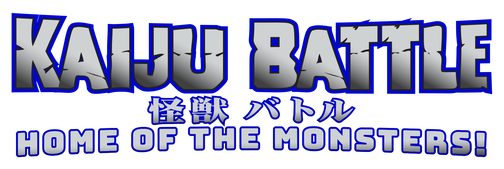
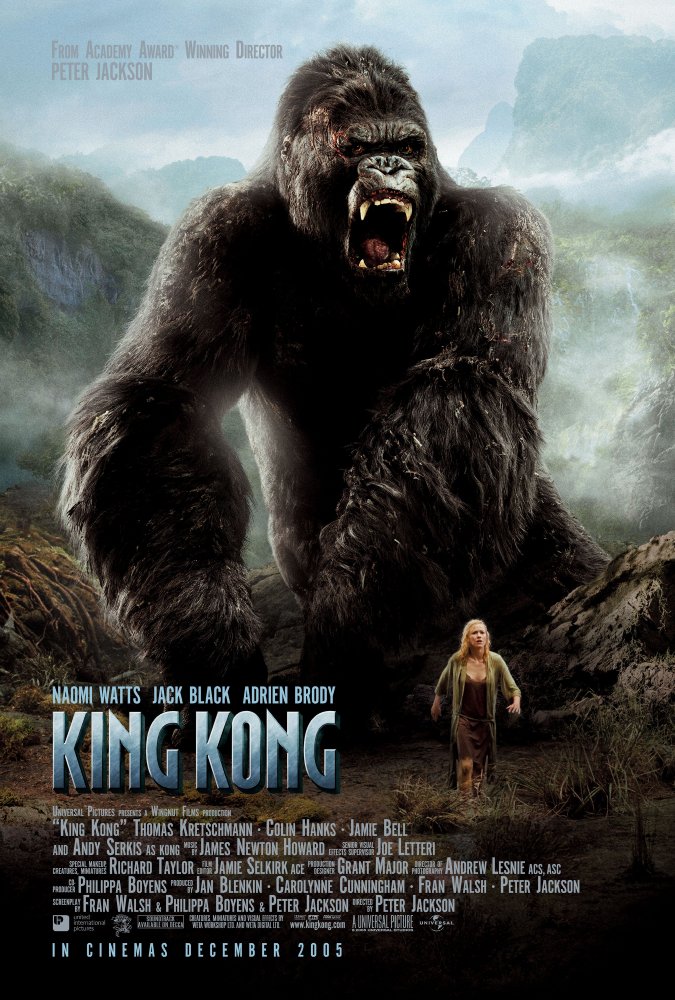
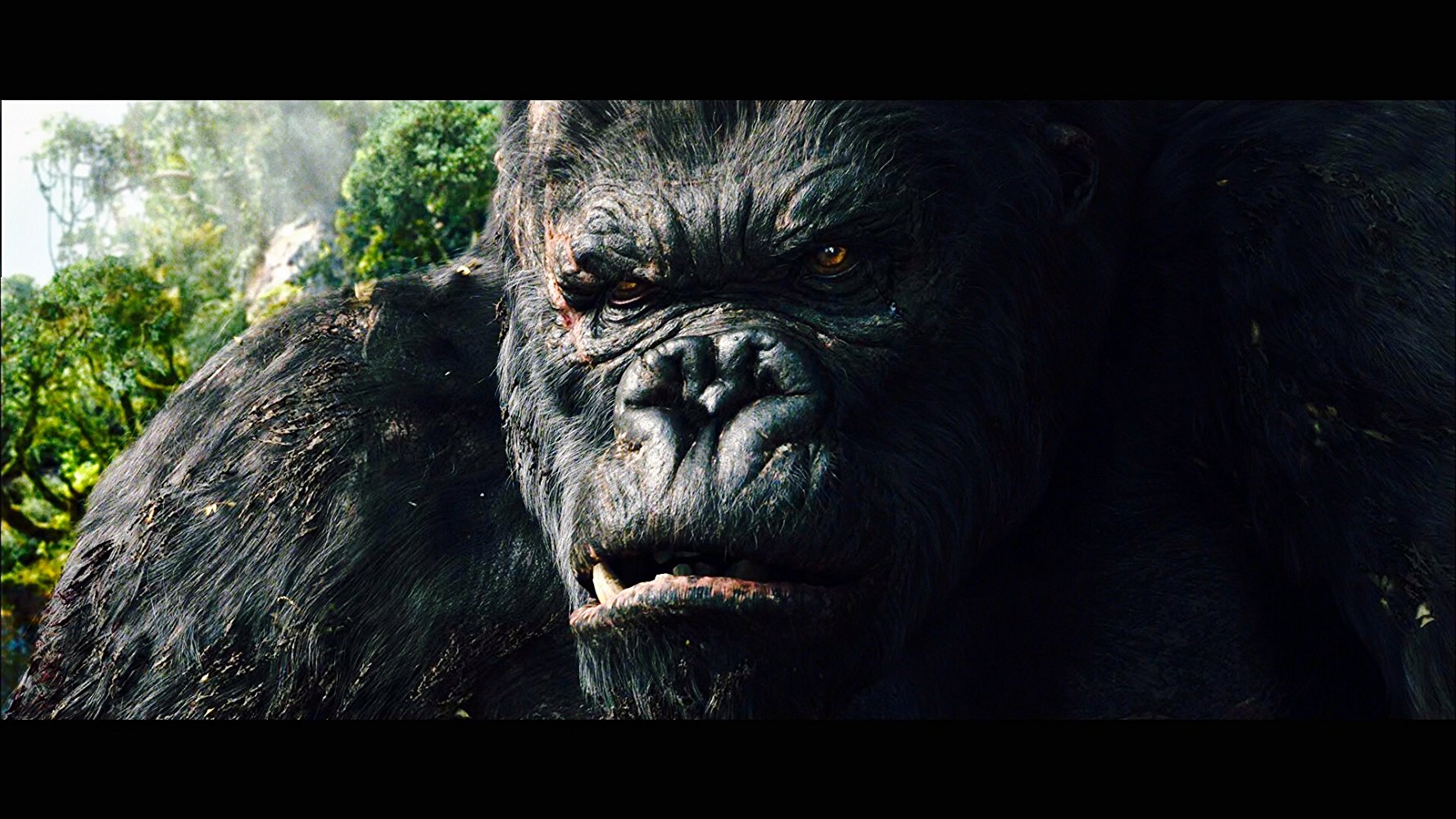
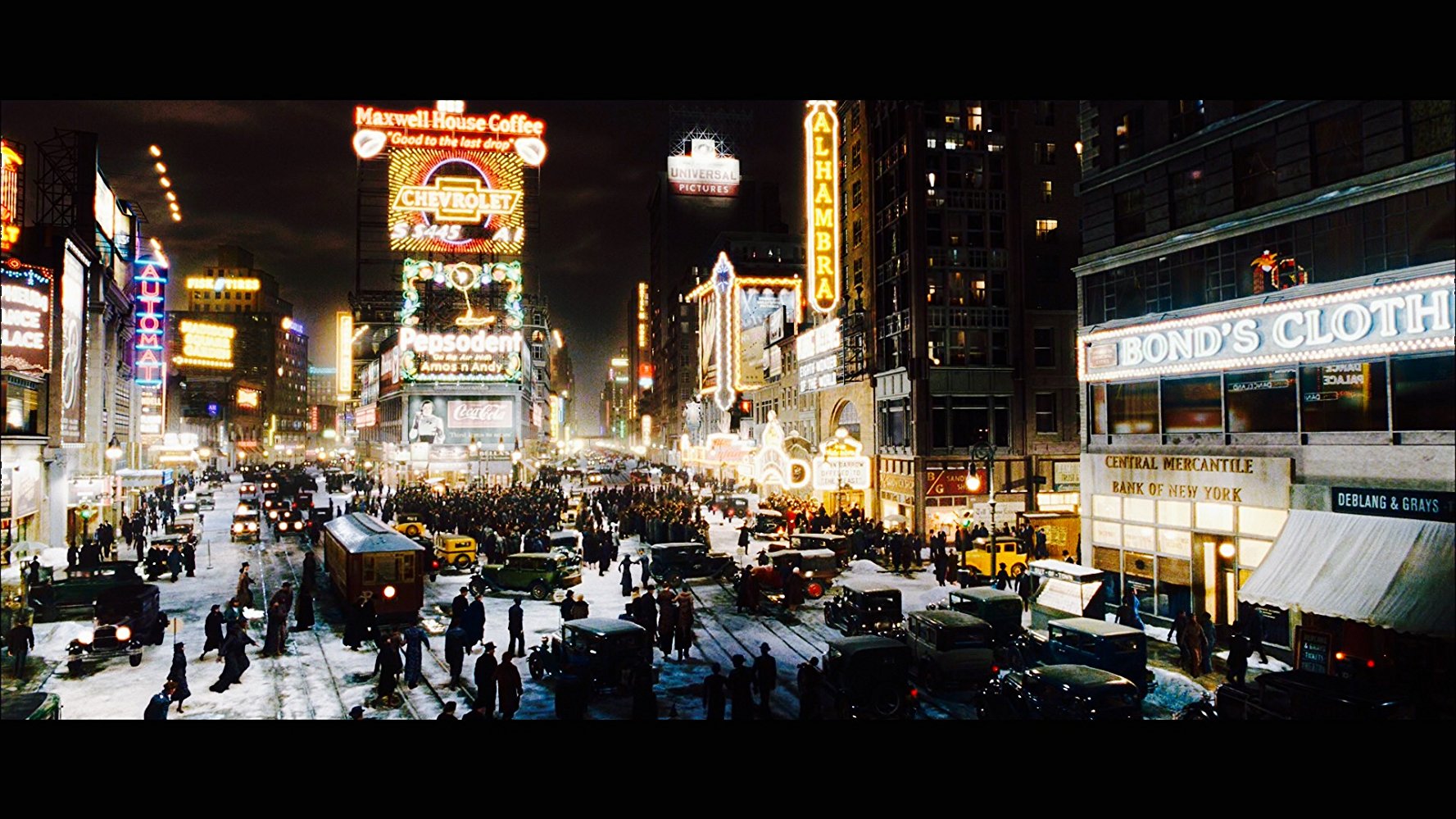
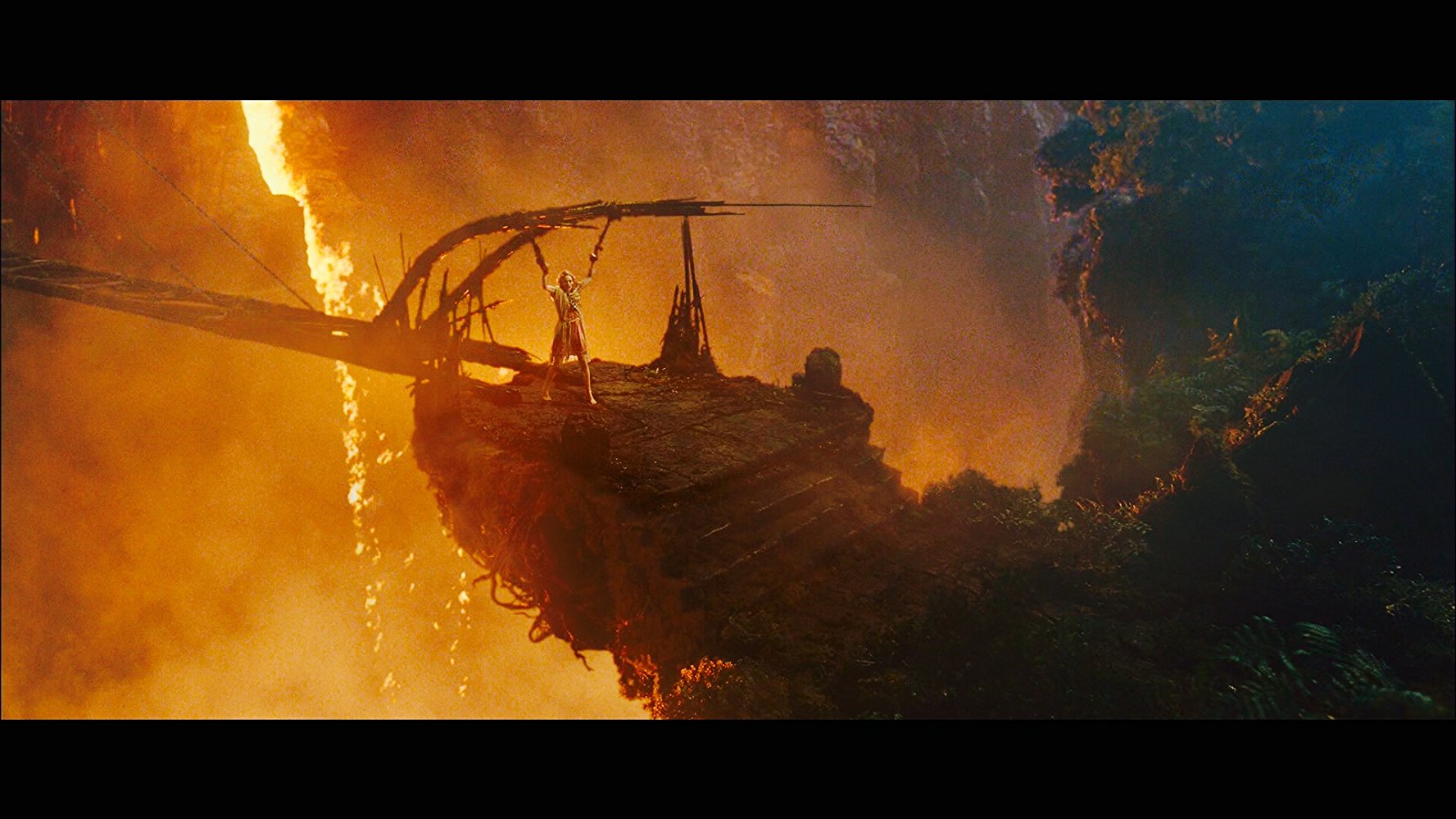
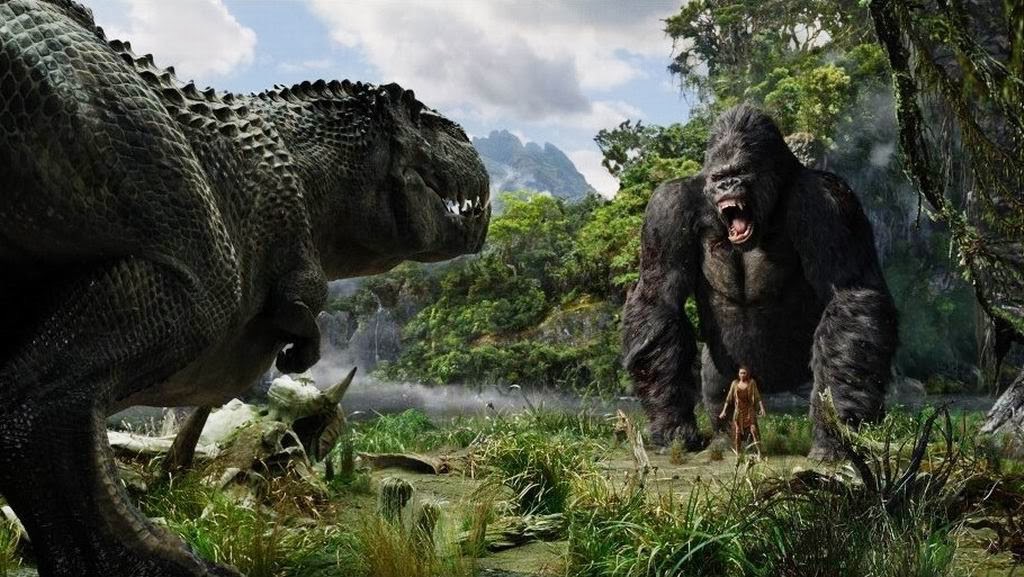
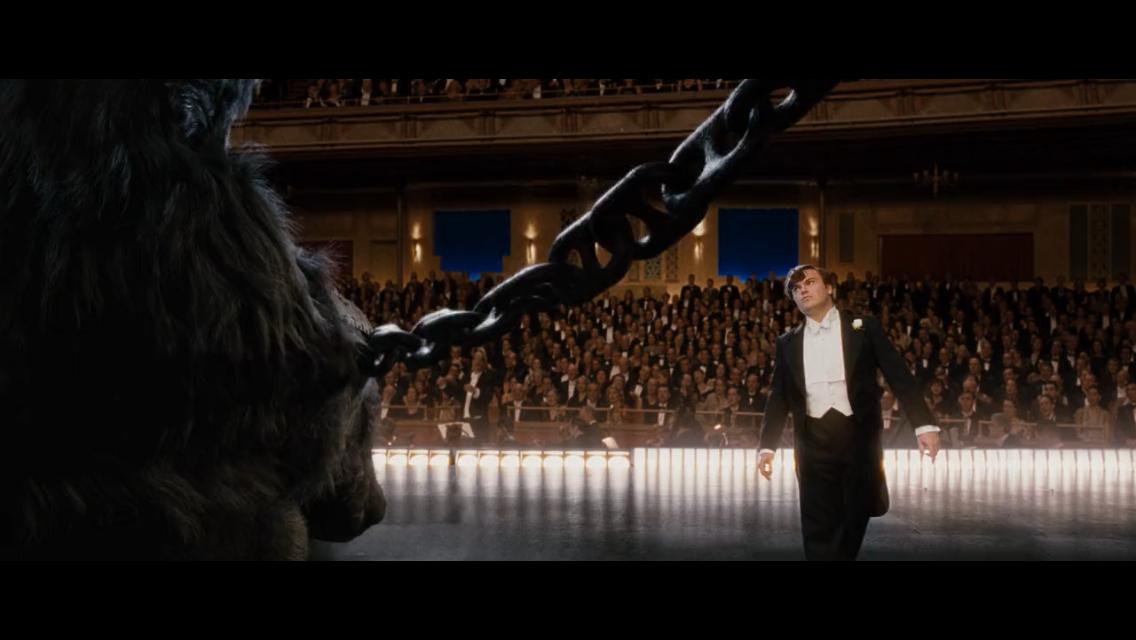
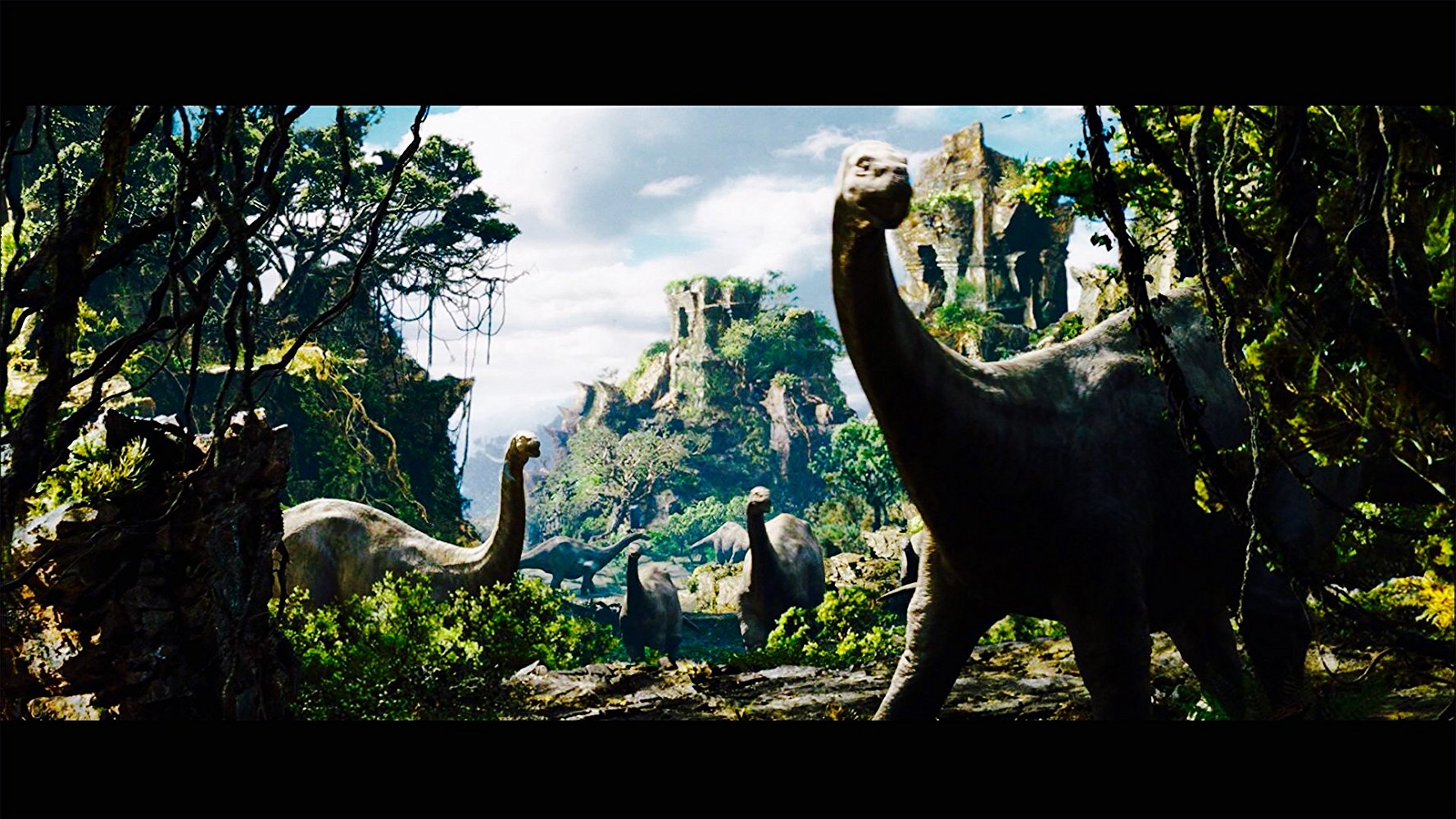
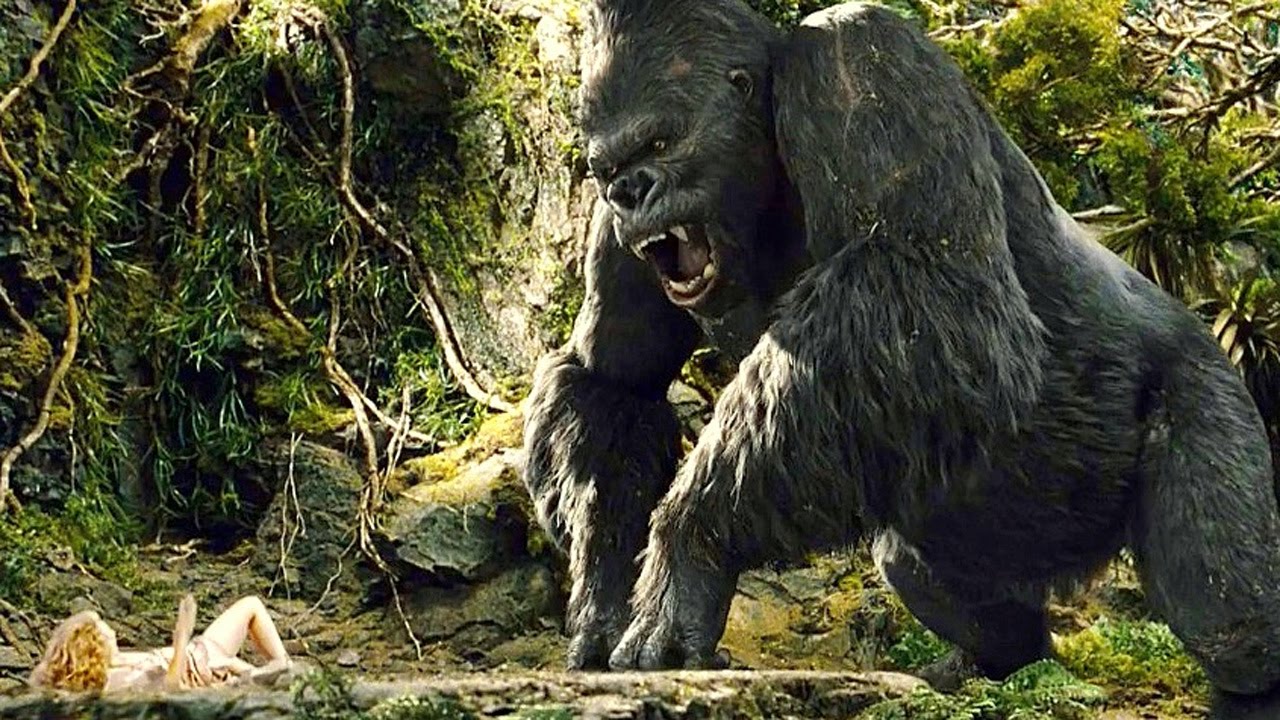
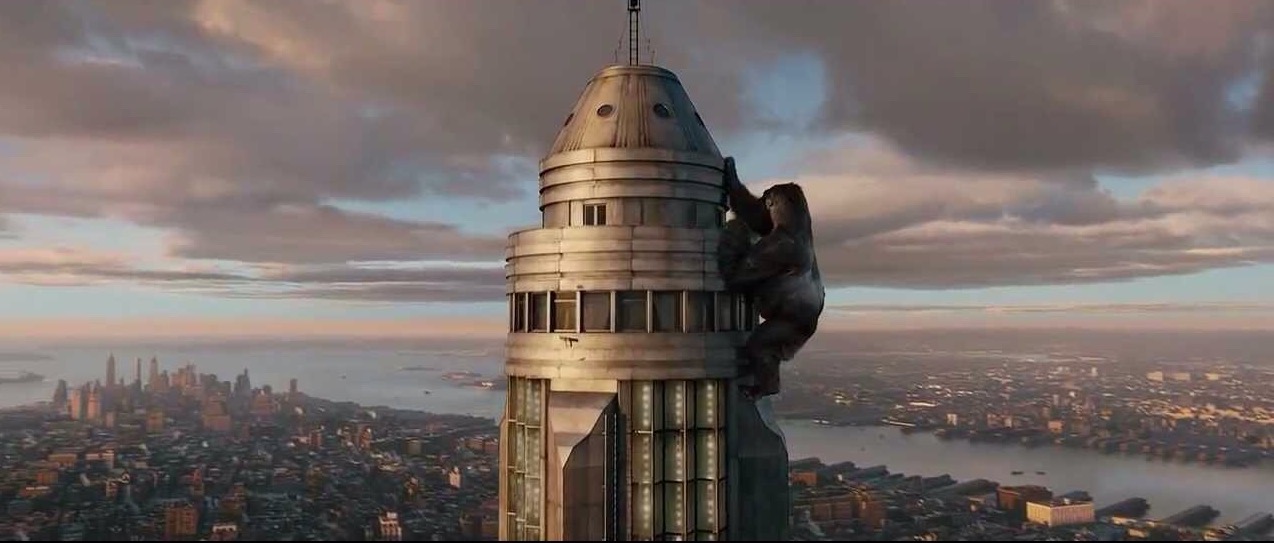
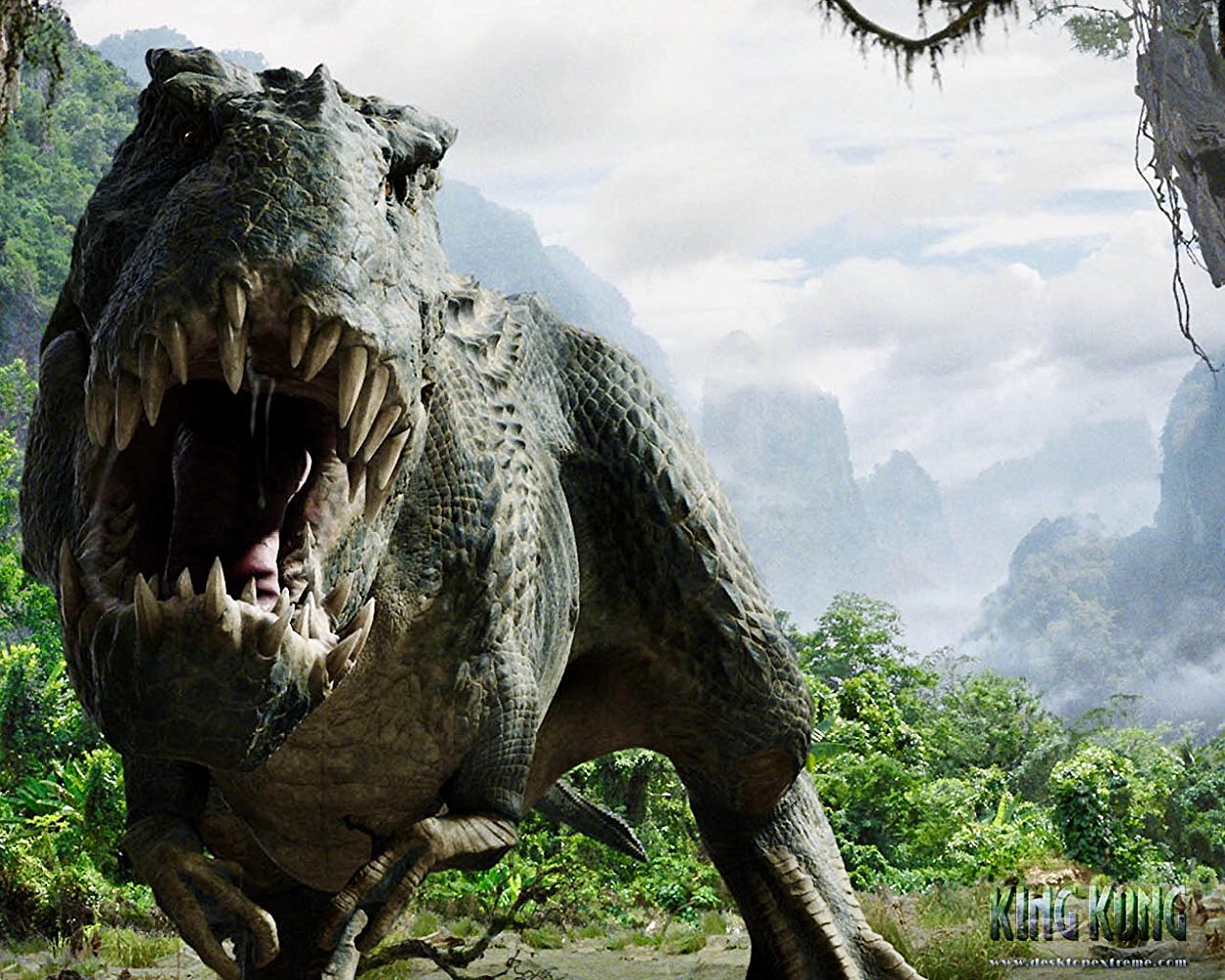
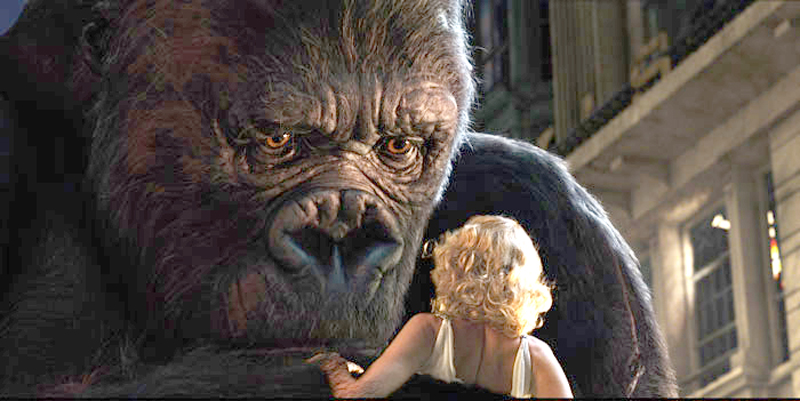
 RSS Feed
RSS Feed